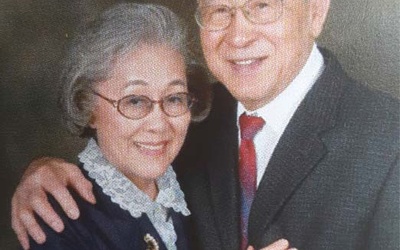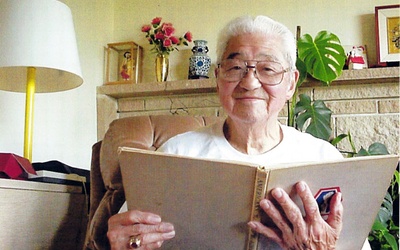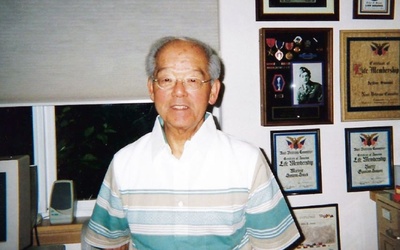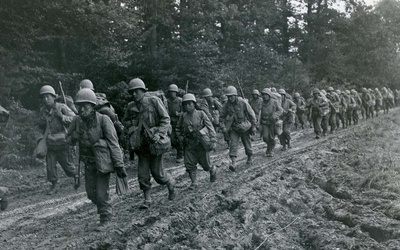Quiet Warriors
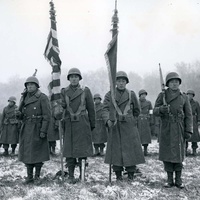
On February 19, 1942, two months after the Japanese Navy attacked Pearl Harbor, President Roosevelt issued Executive Order 9066. Almost 12,000 Japanese and Japanese Americans were sent to concentration camps. Among them, two thirds were American-born Nisei. Many of the young men were in two groups: “No-No Boys” and volunteers (or drafted) for the U.S. Army. Now that they are aging, the quiet Nisei veterans are willing to tell their unspoken stories. Having lived through the war themselves, their wishes for peace are immense.
*The 13 articles in this series were originally published in The North American Post-Northwest Nikkei during 2003-2004. The North American Post recently edited and republished them on their website.
Stories from this series
Paul Hosoda
June 16, 2021 • Mikiko Amagai
“Equality and justice, that’s the foundation,” Paul Hosoda says about his beliefs. “[We] all should be given the same chance to be treated equally as everyone else…That’s God’s gift.”. Sitting next to Paul, his wife Mary smiles. They have been together for 48 years, since they met at Blaine Memorial United Methodist Church after the war. “We (Fort Lewis Nisei) spent weekends in Seattle and on Sundays, I went to church—of course, to meet girls. It’s a good place to …
Mitsuru Takahashi
April 21, 2021 • Mikiko Amagai
“[A] Bronze Star doesn’t really mean very much. Every soldier that was overseas got it. This is the Silver Star and this is the Purple Heart. Dog Tag. And the Presidential Citation. And this is the discharge paper,” explains Mitsuru Takahashi showing the framed memoirs with a smile. His wife June, the high school sweetheart from Minidoka Camp, put it together. “Where did you get hurt?” I asked him. The expression on his face turned stiff and he answered, “I …
Pat Hagiwara
April 7, 2021 • Mikiko Amagai
“I feel lucky; my life was (lucky) all the way from my birth. In Alaska, I was growing up very close to each other (other Nikkei)… there was only one school, from kindergarten to high school, in one building… In wintertime, the main drag (Stedman St., Ketchikan) was a hill; the stores blocked off the street with boards, so kids could slide for several blocks…” Pat Hagiwara talks cheerfully, as though it happened yesterday. He was one of four Nisei …
Art Susumi
March 24, 2021 • Mikiko Amagai
“No, I wasn’t afraid. I saw a lot of dead bodies around me during the war,” said Art Susumi, who became an undertaker at the age of 22. That was his answer to the question, “Are you afraid to sleep under the same roof with dead bodies?” Art received a Bronze Star during World War II for rescuing wounded soldiers of the 442nd Regimental Combat Team in spite of his own injuries. After the war was over, he became the …
George (Ganjiro) Morihiro
March 10, 2021 • Mikiko Amagai
“It was exciting.” George Morihiro is talking about his experience in the all-Nisei 442nd Regimental Combat Team during World War II. “But don’t get me wrong. I was 17. The German soldiers were laid dead or wounded around us, but still, I never thought we would die. I was excited to serve for the country.” He talks with a smile in his eyes. George was born in Fife, Washington. His nickname, Ganjiro, came from his father, who came to the …
Edie Horikawa
Feb. 24, 2021 • Mikiko Amagai
“At the field camp (in Europe), kids came to us begging for food, with pans in their hands. Hakujin soldiers kicked them or dumped their leftovers in the garbage in front of them, but us Nisei soldiers, we put our leftovers in each of their pans, thinking that they were like our (Nikkei) kids at home (in the camps) in America…,” Edie Horikawa recalls. He witnessed how war affects children more. Edie had taught art classes to about 200 children …

